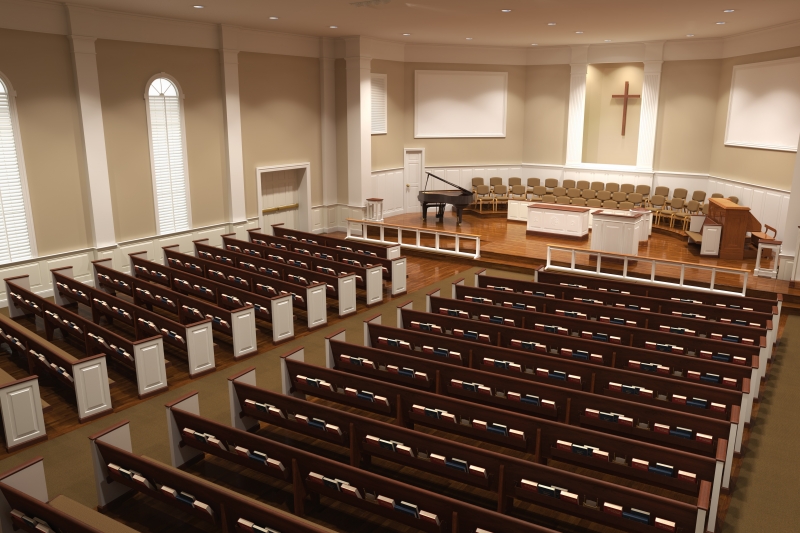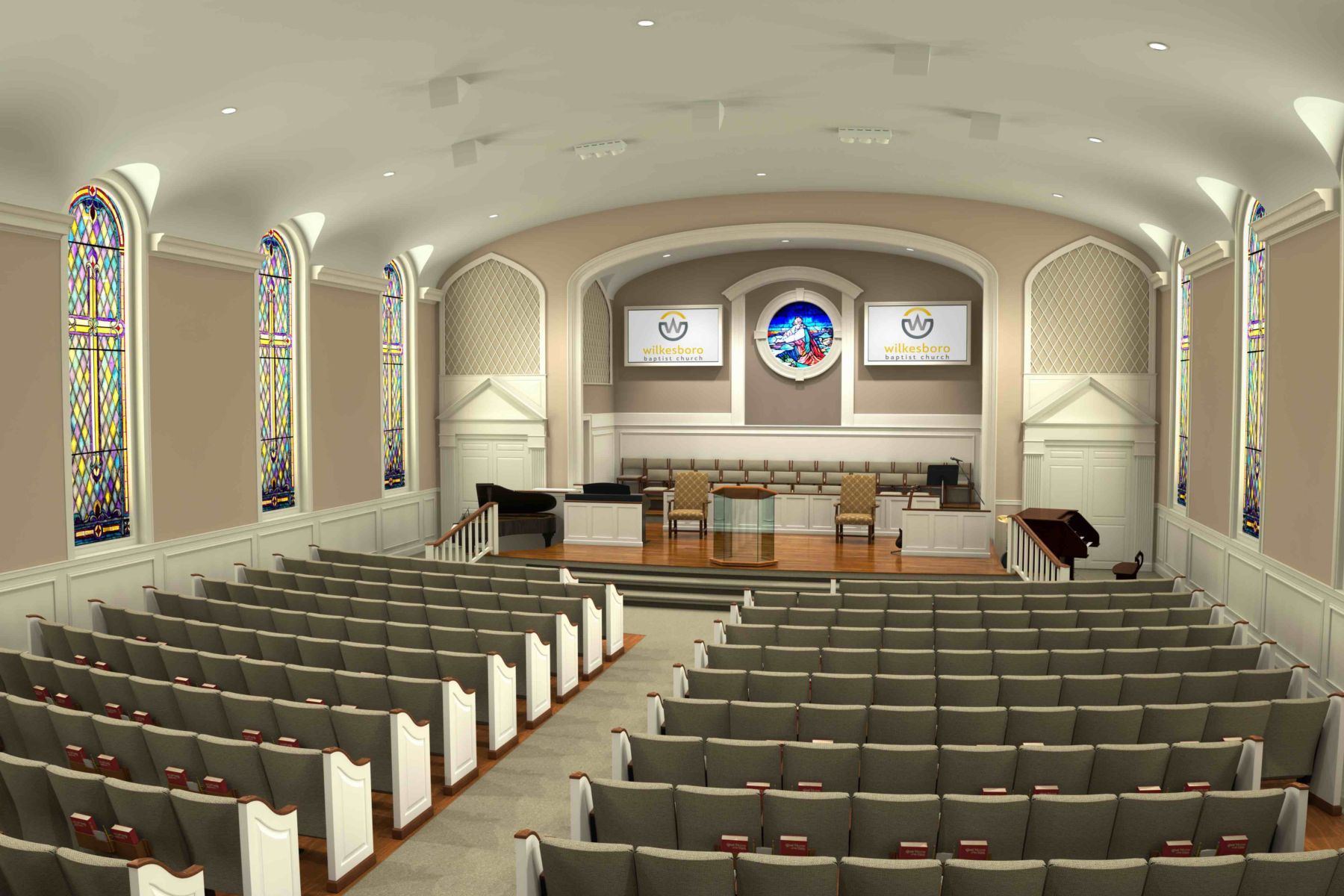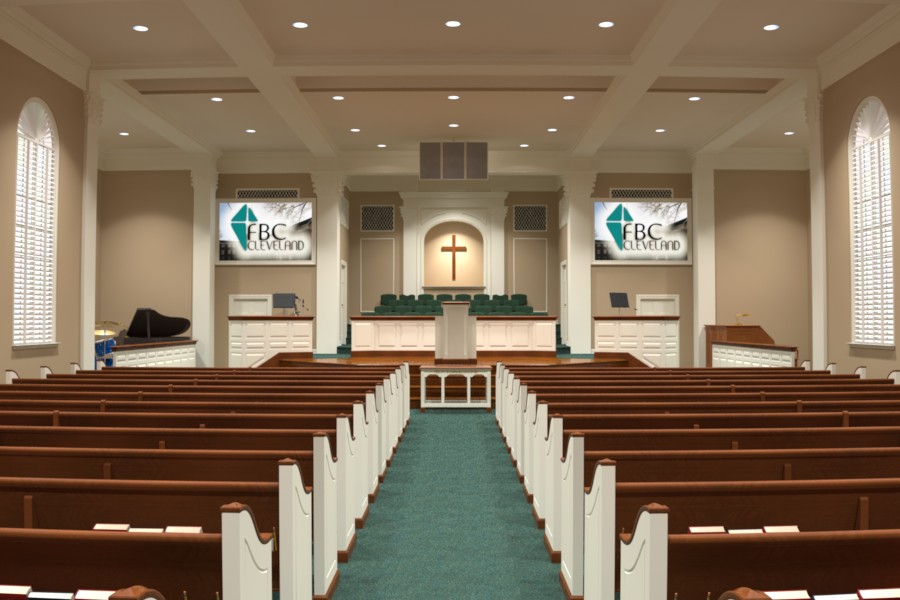Creating a church interior is not just about aesthetics; it’s about fostering a spiritual atmosphere that resonates with congregants. With over a decade of experience in interior design, I have seen firsthand how the right elements can transform a basic space into a sanctuary for worship and community. In this guide, we will explore various aspects of church building interior design, share personal insights, and provide practical advice to ensure your church reflects its mission and values.
Understanding the Importance of Interior Design in Churches
Interior design plays a pivotal role in creating a welcoming environment. A thoughtfully designed space can enhance spiritual experiences, encourage community interaction, and communicate the church’s mission effectively. Here are some critical reasons why interior design matters in church settings:
- Spiritual Atmosphere: The right design can evoke feelings of peace, hope, and reverence.
- Community Engagement: A well-designed church can foster a sense of belonging among members.
- Functional Layout: An efficient layout supports various activities such as worship, education, and fellowship.
Main Components of Church Interior Design

1. Architectural Elements
Understanding and respecting the architectural style of your church is essential. Whether your church is modern, traditional, or a blend of both, the architectural elements should align with the overall vision.

Key Architectural Features to Consider:
| Architectural Style | Features | Design Tips |
|---|---|---|
| Gothic | Pointed arches, ribbed vaults, flying buttresses | Emphasize vertical space with tall windows and intricate stained glass. |
| Modern | Sleek lines, open spaces, minimalist aesthetics | Incorporate natural light with large windows and a neutral color palette. |
| Traditional | Symmetry, rich wood finishes, ornate details | Use warm colors and classic furnishings to create an inviting atmosphere. |

2. Color Psychology in Church Design
Colors evoke emotions and set the tone for worship. Selecting the right color palette is vital for conveying the church’s message and creating an inspiring atmosphere.

Recommended Colors and Their Meanings:
| Color | Meaning | Applications |
|---|---|---|
| Blue | Peace, calm, spirituality | Used in prayer areas and meditation rooms. |
| Green | Growth, renewal | Effective for community spaces and educational areas. |
| Gold | Divinity, wealth, success | Ideal for altars, fixtures, and decorative elements. |

3. Furniture and Fixtures
Choosing the right furniture is crucial for functionality and comfort. This includes pews, chairs, and tables for various activities.

Considerations for Furniture Selection:
- Comfort: Ensure that seating is comfortable for long services.
- Flexibility: Opt for modular furniture for multi-purpose spaces.
- Durability: Select materials that withstand heavy use and last for years.

4. Lighting Design
Lighting can dramatically impact a church’s ambiance. Natural light, accent lighting, and ambient light should all be strategically incorporated.
Types of Lighting to Incorporate:
| Type of Lighting | Description | Recommended Areas |
|---|---|---|
| Natural Light | Utilizes windows and skylights | Sanctuary, fellowship hall |
| Accent Lighting | Highlights artwork and architectural features | Chancel area, entryways |
| Ambient Lighting | Provides overall illumination | Common areas, classrooms |
Designing Specific Areas within the Church
1. Sanctuary Design
The sanctuary is the heart of the church, and its design should reflect its sacred purpose. Consider the following elements when designing the sanctuary:
Key Design Elements:
- Altar Placement: Centrally located to draw focus during worship.
- Acoustics: Ensure optimal sound quality for music and spoken word.
- Aisle Width: Facilitate easy movement during services and events.
2. Fellowship Hall
The fellowship hall serves as a gathering place for events, meals, and community activities. Its design should promote interaction and comfort.
Design Tips for Fellowship Halls:
- Open Layout: Create an open space that encourages mingling and communication.
- Versatile Furniture: Use tables and chairs that can be easily rearranged.
- Warm Colors: Incorporate colors that promote social interaction and warmth.
3. Children’s Ministry Areas
Designing spaces for children requires a focus on safety, engagement, and adaptability. Here are some considerations:
Essential Features:
- Safety: Use non-toxic materials and ensure furniture is child-friendly.
- Interactive Elements: Incorporate learning areas and play zones.
- Colorful Decor: Choose bright colors and fun themes to stimulate creativity.
Budgeting for Church Interior Design
Creating a beautiful church interior doesn’t have to break the bank. Here are some tips for budgeting effectively:
1. Establish Clear Priorities
Determine what areas need immediate attention and what can be phased in later. This will help manage costs and ensure the most critical spaces are addressed first.
2. Source Materials Wisely
Look for discounts, quality second-hand items, or donations from congregation members. Collaborating with local businesses can also lead to sponsorship opportunities.
3. Plan for Maintenance
Consider the long-term costs of maintenance when selecting materials and fixtures. Durable options may have a higher initial cost but can save money over time.
Pros and Cons of Church Interior Design Choices
Pros
- Enhances the worship experience.
- Encourages community engagement.
- Reflects the church’s mission and values.
- Provides adaptable spaces for various functions.
Cons
- Can be costly, depending on choices made.
- Requires ongoing maintenance and updates.
- May face resistance from long-standing traditions.
FAQs about Church Building Interior Design
1. What is the average cost of redesigning a church interior?
The average cost varies widely based on the scope of the project and the materials used, ranging from a few thousand to hundreds of thousands of dollars.
2. How can I make a small church look larger?
Utilize light colors, mirrors, and minimal furniture to create an illusion of space. Additionally, maximizing natural light can enhance the feeling of spaciousness.
3. What are the best materials for church flooring?
Consider durability, maintenance, and comfort; options like hardwood, vinyl, and carpet tiles are all popular choices.
4. How can I incorporate technology into the church interior?
Integrate audio-visual systems, smart lighting, and projection screens to enhance services and events.
Conclusion
Designing a church interior is a fulfilling endeavor that combines creativity and spirituality. By focusing on the critical elements discussed in this guide, you can create an inviting and functional space that enhances the worship experience and cultivates community. Remember that the heart of your church lies within its walls, and a well-thought-out design can greatly impact the lives of your members.
Whether you’re taking on a remodel or building from scratch, let your vision guide the process, and don’t hesitate to seek professional help when needed. Transforming a church interior is a journey, and every detail matters in making your space a true sanctuary.